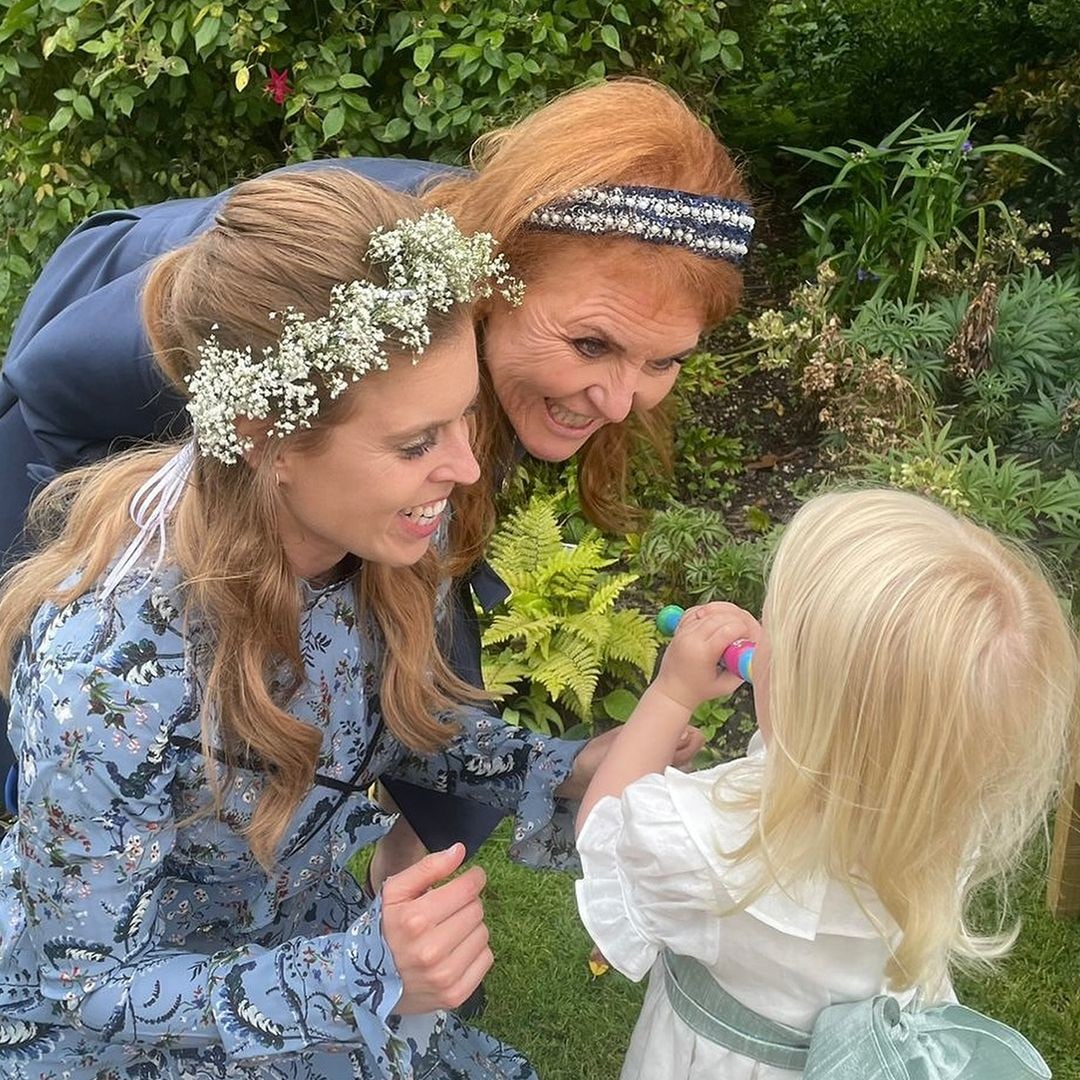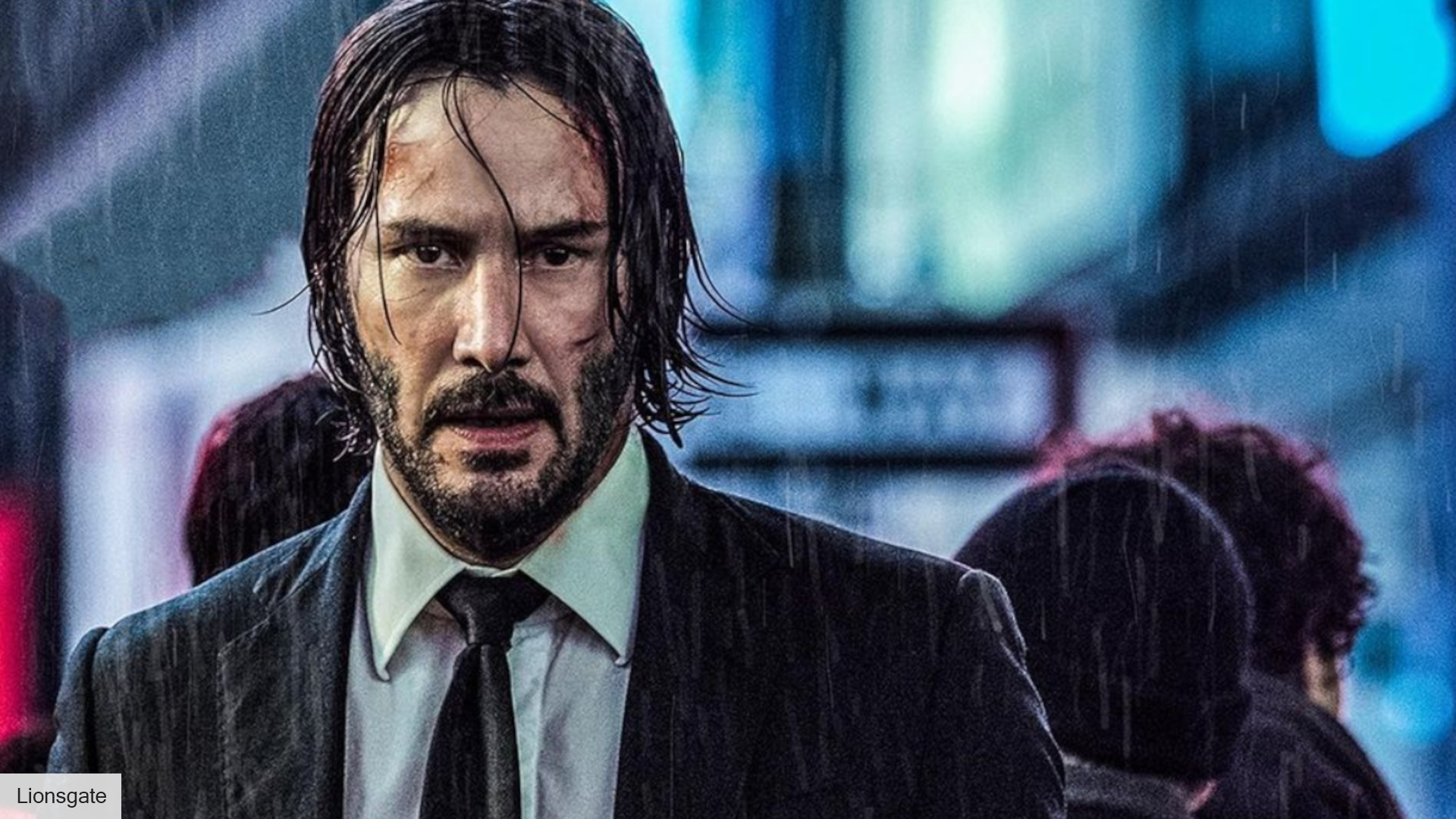A Medieval Book Cover's Secret: The Story Of Merlin And King Arthur

Table of Contents
The Historical Context: Merlin and Arthur in Medieval Society
The intertwined legends of Merlin and King Arthur didn't spring forth fully formed. Their story evolved over centuries, transforming from possible historical kernels into the fully-fledged myths we know today. Understanding this evolution is crucial to interpreting the imagery on medieval book covers depicting them.
- Oral traditions preceding written accounts: Stories of a powerful magician and a legendary British king likely circulated orally long before being committed to writing. These oral traditions formed the bedrock of later literary works.
- The role of Geoffrey of Monmouth's Historia Regum Britanniae: Geoffrey of Monmouth's 12th-century work is a pivotal text, significantly shaping the narrative of Arthur and Merlin. He presented a more formalized and detailed version of the legend, influencing subsequent interpretations.
- The impact of the French romances on the Arthurian narrative: French romances of the 12th and 13th centuries further embellished the Arthurian legend, adding complexity and romance to the existing tales. These works significantly impacted the visual representations found on medieval book covers.
- The evolving image of Merlin as prophet, magician, and advisor: Merlin's character evolved from a figure associated primarily with prophecy to a powerful magician and crucial advisor to Arthur, a shift reflected in the artistic depictions.
- The varying portrayals of King Arthur across different texts: Arthur himself is portrayed differently across various texts, sometimes as a noble and valiant warrior-king, other times as a more flawed, human leader. These variations are reflected in the iconography used in illuminated manuscripts.
Illuminated Manuscripts and Book Covers: Visual Storytelling
Medieval book covers and illuminated manuscripts weren't merely containers for text; they were works of art themselves. Artists skillfully used their craft to visually tell the stories of Merlin and Arthur, employing sophisticated techniques and rich symbolism.
- The significance of materials (e.g., vellum, gold leaf, pigments): The materials used—precious vellum, gleaming gold leaf, vibrant pigments—reflected the value and importance placed on these texts and the stories they contained. The choice of materials directly contributed to the visual impact of the book cover.
- Artistic styles reflecting different time periods and regions: Artistic styles varied across different time periods and geographical locations. Identifying these stylistic variations helps date and geographically locate surviving manuscripts and their covers.
- Common iconographic elements used to represent Merlin and Arthur (e.g., swords, crowns, magical symbols): Certain symbols consistently represented Merlin and Arthur. Swords signified power and kingship, crowns represented authority, while magical symbols and staffs hinted at Merlin's mystical abilities.
- Examples of specific surviving manuscripts and their depictions: While many medieval book covers are lost to time, some stunning examples survive, showcasing vivid depictions of Arthurian scenes. (Include image links here if available, with appropriate alt text).
- The use of symbolism and allegory in conveying deeper meanings: Medieval artists often used symbolism and allegory to convey deeper meanings, adding layers of interpretation to the visual narrative. Understanding these symbols is crucial to deciphering the messages embedded within the book cover designs.
Decoding the Symbols: Hidden Messages on Medieval Book Covers
The symbols and imagery on medieval book covers related to the Merlin and Arthur legend often held multiple layers of meaning. Analyzing these requires understanding the historical and cultural context.
- Examples of specific symbols and their interpretations: For example, a dragon might represent chaos or Merlin's magical power, while a lion could symbolize courage and royalty, associated with Arthur.
- The use of heraldic imagery: Heraldic symbols, often found on medieval book covers, provided visual clues about the ownership and patronage of the book, reflecting its social and political context.
- The potential for hidden messages or coded information: Some scholars believe certain symbols or patterns on medieval book covers might contain hidden messages or coded information, still awaiting decipherment.
- The influence of religious beliefs and practices on the imagery: Religious beliefs and practices strongly influenced the imagery found on many medieval book covers, often intertwining sacred and secular themes.
The Enduring Legacy: Merlin and Arthur in Modern Culture
The Merlin and Arthur legend continues to captivate audiences today. Its enduring appeal speaks to the timeless themes explored within the stories.
- Examples of modern adaptations of the legend: From literature and film to video games and television, modern adaptations of the legend demonstrate its continued relevance.
- The enduring appeal of the themes explored in the stories (e.g., magic, chivalry, good vs. evil): Themes of magic, chivalry, good versus evil, and the quest for the ideal society remain eternally resonant, explaining the enduring appeal of the stories.
- The ongoing fascination with Merlin and Arthur as archetypes: Merlin and Arthur serve as powerful archetypes – the wise advisor and the heroic king – who resonate across cultures and time periods.
- How modern interpretations reflect contemporary values and concerns: Modern interpretations of the legend often reflect contemporary values and concerns, adapting the narrative to resonate with current audiences.
Conclusion
Medieval book covers offer a fascinating window into the evolution and reception of the Merlin and King Arthur legend. The intricate artistry and symbolism encoded on these covers reveal not only artistic skill but also a rich tapestry of cultural beliefs and historical context. The enduring popularity of the legend speaks to its timeless themes and archetypes. Delve deeper into the secrets held within medieval book covers and the rich history of the Merlin and King Arthur legend. Further research into illuminated manuscripts and Arthurian literature will unlock more of this captivating story. Explore more about the enigmatic world of medieval book covers and the magic of Merlin and King Arthur.

Featured Posts
-
 Pole Vault Powerhouse Duplantis Leads Charge In Evolving Diamond League
May 12, 2025
Pole Vault Powerhouse Duplantis Leads Charge In Evolving Diamond League
May 12, 2025 -
 Royal Divorce Princess Beatrice Shares Her Experience
May 12, 2025
Royal Divorce Princess Beatrice Shares Her Experience
May 12, 2025 -
 John Wick 5 Will Keanu Reeves Face Death Again
May 12, 2025
John Wick 5 Will Keanu Reeves Face Death Again
May 12, 2025 -
 Usmnt Weekend Recap Hajis Tremendous Hat Trick
May 12, 2025
Usmnt Weekend Recap Hajis Tremendous Hat Trick
May 12, 2025 -
 Conor Mc Gregors Rare Adam Sandler Photo A Happy Gilmore Tribute
May 12, 2025
Conor Mc Gregors Rare Adam Sandler Photo A Happy Gilmore Tribute
May 12, 2025
Latest Posts
-
 Dans Quoi Investir Pour Un Rendement Optimal
May 12, 2025
Dans Quoi Investir Pour Un Rendement Optimal
May 12, 2025 -
 Optimiser Votre Budget 12 Astuces Pour Une Doze D Economie
May 12, 2025
Optimiser Votre Budget 12 Astuces Pour Une Doze D Economie
May 12, 2025 -
 Investir Son Argent Intelligemment Strategies Et Conseils
May 12, 2025
Investir Son Argent Intelligemment Strategies Et Conseils
May 12, 2025 -
 Doze D Economie Realiser Vos Objectifs Budgetaires
May 12, 2025
Doze D Economie Realiser Vos Objectifs Budgetaires
May 12, 2025 -
 La Vie D Eric Antoine Apres Le Divorce Nouveau Bebe Nouvelle Compagne
May 12, 2025
La Vie D Eric Antoine Apres Le Divorce Nouveau Bebe Nouvelle Compagne
May 12, 2025
